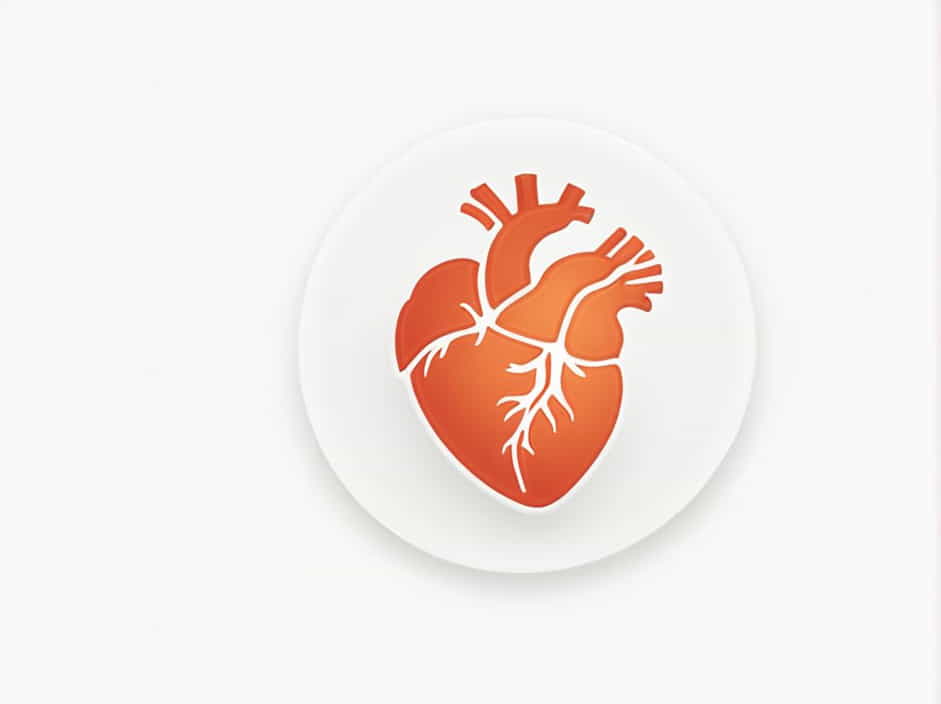The right ventricle is one of the four chambers of the human heart and plays a critical role in the pulmonary circulation system. It is responsible for pumping deoxygenated blood to the lungs, where the blood picks up oxygen before being sent to the rest of the body.
Understanding the function, structure, and importance of the right ventricle is essential for medical professionals, students, and anyone interested in heart health. This topic explores the anatomy, function, and common disorders associated with the right ventricle.
Anatomy of the Right Ventricle
The right ventricle is located in the lower right section of the heart. It has a thinner wall compared to the left ventricle, as it pumps blood at a lower pressure.
Key Features of the Right Ventricle:
- Tricuspid Valve: Controls blood flow from the right atrium to the right ventricle.
- Pulmonary Valve: Regulates blood flow from the right ventricle to the pulmonary arteries.
- Trabeculae Carneae: Muscular ridges that help improve the efficiency of blood flow.
- Moderator Band: A unique structure in the right ventricle that assists in electrical conduction.
Main Function of the Right Ventricle
The primary function of the right ventricle is to pump deoxygenated blood to the lungs for oxygenation. This process occurs as part of the pulmonary circulation, which ensures that blood is replenished with oxygen before being sent to the body.
Step-by-Step Blood Flow in the Right Ventricle:
- Deoxygenated Blood Enters the Right Atrium: Blood from the body, low in oxygen, returns to the heart via the superior and inferior vena cava.
- Blood Passes Through the Tricuspid Valve: The tricuspid valve opens, allowing blood to flow from the right atrium into the right ventricle.
- Right Ventricle Contracts: The muscular walls contract, forcing blood through the pulmonary valve into the pulmonary artery.
- Blood Travels to the Lungs: The pulmonary artery carries blood to the lungs, where it picks up oxygen and releases carbon dioxide.
Importance of the Right Ventricle in Pulmonary Circulation
1. Oxygenation of Blood
The right ventricle ensures that deoxygenated blood reaches the lungs, where it undergoes gas exchange. This process is essential for maintaining oxygen levels in the body.
2. Regulation of Blood Pressure
The right ventricle pumps blood at a lower pressure than the left ventricle. This prevents damage to the delicate capillaries in the lungs, allowing for efficient oxygen absorption.
3. Coordination with the Left Ventricle
The right ventricle works alongside the left ventricle to maintain continuous blood circulation. Without its function, the left ventricle would not receive oxygen-rich blood to pump throughout the body.
Differences Between the Right and Left Ventricle
| Feature | Right Ventricle | Left Ventricle |
|---|---|---|
| Function | Pumps blood to the lungs | Pumps oxygen-rich blood to the body |
| Wall Thickness | Thinner (low-pressure system) | Thicker (high-pressure system) |
| Connected to | Pulmonary artery | Aorta |
| Valve | Pulmonary valve | Aortic valve |
Common Disorders of the Right Ventricle
1. Right Ventricular Hypertrophy (RVH)
- A condition where the right ventricle thickens, often due to high blood pressure in the lungs (pulmonary hypertension).
- Common in people with lung diseases like chronic obstructive pulmonary disease (COPD).
2. Right Ventricular Failure
- Occurs when the right ventricle cannot effectively pump blood to the lungs.
- Symptoms include swelling in the legs, fluid retention, and shortness of breath.
- Can be caused by heart disease, pulmonary hypertension, or left-sided heart failure.
3. Pulmonary Valve Stenosis
- A condition where the pulmonary valve narrows, making it harder for the right ventricle to pump blood.
- Leads to fatigue, chest pain, and fainting.
4. Congenital Heart Defects
- Some babies are born with abnormalities in the right ventricle, such as Tetralogy of Fallot, which affects normal blood flow.
How to Keep the Right Ventricle Healthy
1. Maintain a Healthy Blood Pressure
- High blood pressure in the lungs (pulmonary hypertension) can strain the right ventricle.
- Regular exercise, a balanced diet, and low sodium intake help control blood pressure.
2. Avoid Smoking
- Smoking damages the lungs, making it harder for the right ventricle to pump blood.
- Quitting smoking reduces the risk of heart and lung diseases.
3. Exercise Regularly
- Cardio exercises like walking, swimming, and cycling help improve heart function.
- Strength training can also benefit overall cardiovascular health.
4. Manage Lung Health
- Since the right ventricle is closely connected to the lungs, maintaining lung health is essential.
- Avoid exposure to pollution, allergens, and respiratory infections.
5. Monitor Heart Health
- Regular heart check-ups can help detect early signs of right ventricular disorders.
- Tests like echocardiograms and MRIs assess heart function.
The right ventricle is a vital part of the human heart, responsible for pumping deoxygenated blood to the lungs for oxygenation. It plays a key role in pulmonary circulation, ensuring that the body receives oxygen-rich blood to function properly.
By understanding the function, structure, and potential disorders of the right ventricle, individuals can take steps to maintain heart health and prevent serious conditions. Adopting a healthy lifestyle, monitoring blood pressure, and seeking medical attention for symptoms can help keep the right ventricle functioning efficiently.
